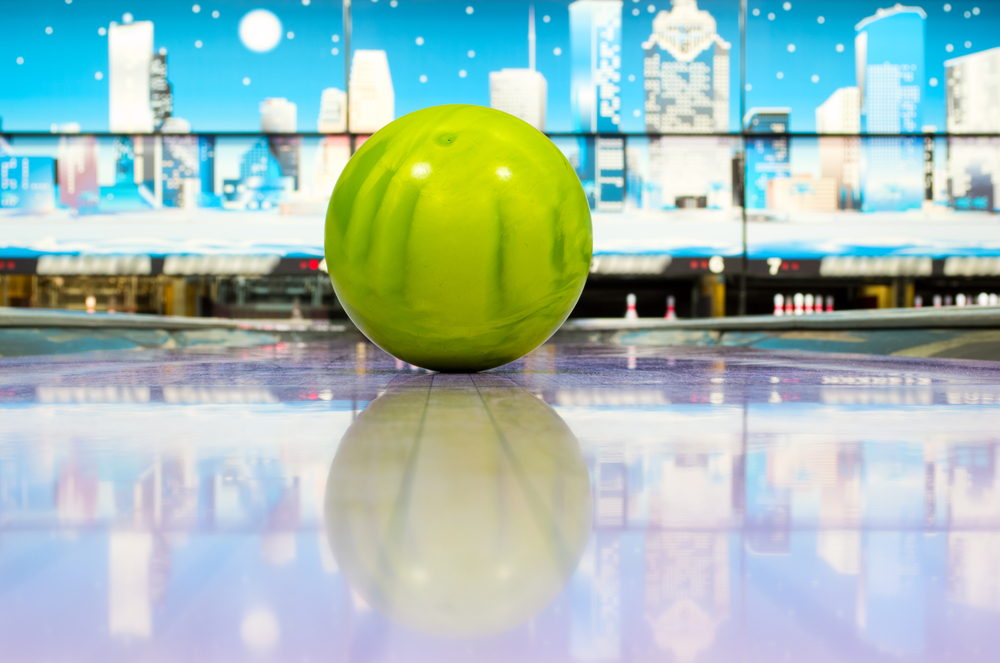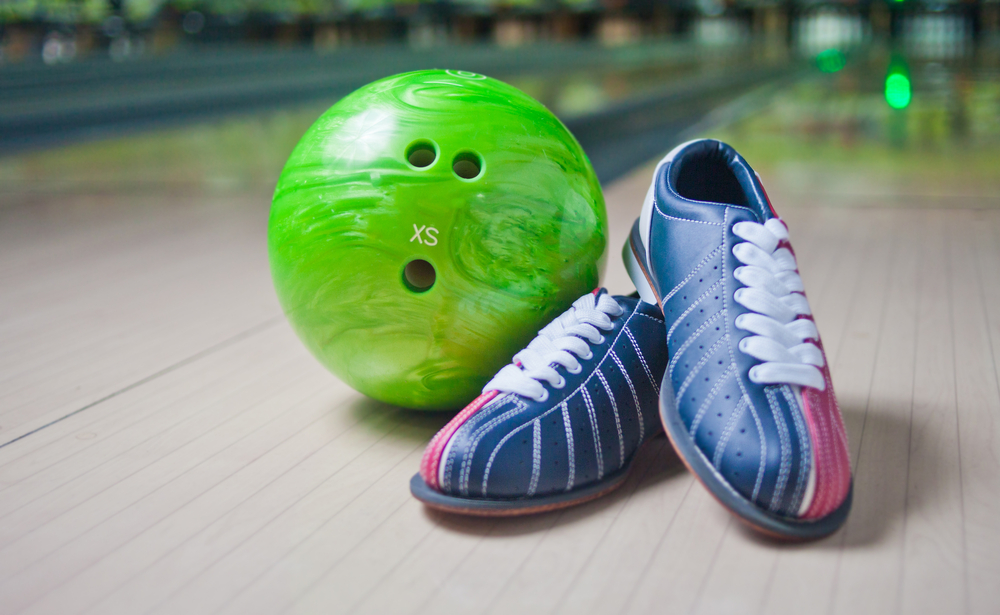
When you buy a custom bowling ball online, it’ll probably come without the holes. For most, the next step is to get some finger holes drilled in. But some might opt to bowl without the holes.
If you’re wondering whether holeless bowling is a good idea, we can help. Not only will we tell you whether you can use a bowling ball without holes, but we’ll tell you everything else you need to know.
Contents
Can You Use a Bowling Ball Without Holes?
If you have a bowling ball with no holes and want to play with it that way, you can absolutely do that. There’s no harm in using a ball with no holes as a part of recreational bowling.
But suppose you’re participating in an event under a governing organization, like a USBC certified competition. In that case, you might want to check and ensure your holeless ball won't violate any existing rules or regulations.
In addition, if you have a ball with holes in it and you don’t want to use the holes, you may be required to plug them or fill them in. All unused balance holes must be filled or plugged in as well. A USBC rule.
Either way, it is possible to bowl without using finger holes, a thumb hole, or any holes drilled into your bowling ball. If you want to try it, pros recommend adopting a two handed approach to throwing. Using two hands gives you more control over your throw when you’re not using any holes.
Can you throw the hopeless ball with one hand? Sure, but not everyone will have hands large enough to throw a ball using just one hand. So, test things out - try bowling without using the holes with bowling alley house balls.
This will allow you to see if you need one or two hands to bowl without using holes and if it works for you.
Why Do Bowling Balls Have Holes?
Since most bowlers use finger holes in their bowling balls, it’s reasonable to assume that there’s a good reason for that. In short, the holes in a bowling ball are there to help refine a bowler’s throw and enable them to put more power behind their shots.
It’s worth noting that, originally, the holes drilled into bowling balls were meant to get a bowler’s ball into the legal limit of balance. The holes were used to reduce the volume of a ball that may have had too much weight on one side of it.
Basically, the holes removed weight that wasn’t allowed by bowling governing bodies in the past. The current USBC maintains that same limit today.
Bowlers learned that they could use these holes to better control the trajectory and speed of the ball. What is now referred to as balance holes are more valued as a way for a bowler to manipulate their throw for the best possible results.
Bowling ball holes can have several effects on the ball. Here are a few of them:
- Holes decrease the weight of a ball, but it is usually by a small amount.
- The ball’s center of gravity can be changed, allowing bowling balls to move more predictably.
- Holes can change a ball’s radius of gyration (GR). Simply stated, when the GR is reduced, the ball revs up quicker and hooks sooner. On the other hand, when the GR is increased, the ball revs up slower and begins to hook later.
If you’re someone who’s always thought that there were holes in bowling balls to provide a better grip for the bowler, you’re in good company.
According to USBC, gripping holes must be used in every delivery, and any hole for gripping purposes shall be covered. Little tips like these will help you can tailor your ball to give you the edge you need.

What Kind of Games Exist Where Bowling Balls Have No Holes?
Because the 10-pin bowling game is the most popular and widespread version of the game, most people don’t know that there’s more than one game of bowling out there.
Bowling has a long history in the US, including Five Pin, Duckpin, and Candlepin Bowling. Here are just a few that involve bowling a ball that has no holes:
- Duckpin Bowling: Duckpin bowling popped up sometime in the late 1800s and is rarely played today in the U.S. This game looks similar to today’s 10-pin bowling but scaled down a bit. The game is played on the standard bowling alley most are familiar with and scored the same way, but that’s where any similarities end.
Each player rolls three balls per turn, which are much smaller than today’s balls. The Duckpin bowling ball is about the size of a softball and has no holes.
- Candlepin Bowling: If you’re from anywhere other than New England, you probably haven’t heard of Candlepin Bowling. The name of this game refers to the unique, candle-like pins used during play.
The bowling ball for this game doesn’t have any holes, and players get to take three rolls for each frame.
- Five-Pin Bowling: This is another scaled-down version of the ten-pin game. The pins are about 25% smaller than ten-pin bowling pins, while the ball is small without any holes. The point system is different from the ten-pin version of the game. If you want to try this game, it’s available at many bowling alleys throughout Canada.
While these are considered somewhat outdated forms of bowling, they’re unique because they all use balls without holes.
It might seem like it would be awkward to bowl with a holeless ball, but anyone who enjoys playing Five-Pin, Duckpin, or Candlepin bowling will likely tell you that it’s the only way to bowl.
Can I Drill Holes in My Bowling Ball?
You can definitely drill holes in your bowling ball. And if you won’t be using your ball for formal competitions, you can get as many holes drilled as you like, so long as the structure of the bowling ball can handle it.
If you do decide to drill holes in your ball, make sure to take it to a bowling pro shop – there, they have professionals who can do it safely and properly. Drilling holes in a bowling ball is not something that should be attempted at home.
Can I Fill the Holes in My Bowling Ball?
Yes, you can fill the holes in your bowling ball. The process is referred to as “plugging” and is best done by a professional at a pro shop. Keep in mind that the process of plugging a balance hole can change the way your ball works.
Just know that there’s a limit to the number of times you can drill and plug your ball. There’s always a risk of damaging the ball, so you never want to be excessive with these types of alterations.
Related Articles
The concept of bowling using a ball without holes isn’t new. People playing more than 100 years ago knew that putting holes in certain types of balls wasn't a good choice for their games. Yet, progressive thinkers of today are always considering new ways to improve their bowling game, and bowling with a ball with no holes and now no more weight holes intrigue them.
If you're curious about throwing without using holes, give it a good, solid try with the house balls at your local alley or your current custom ball. See if one-handed or two-handed throws work best for you.
Test things out as much as possible before you make the decision to bowl using a ball without holes. That way, you can be sure it’s a change you want to make. Either way, we hope that you found this article to be helpful to you, and we wish you the best.
Kira Byrd, a Certified Fraud Examiner, holds a B.S. in Accounting from the University of Alabama at Birmingham. With a passion for bowling from her childhood, Kira has poured her expertise and personal experiences into creating and nurturing Bowling For Beginners. Kira's mission is to meet new bowlers where they are and guide them toward consistently achieving higher scores. With a focus on skill development and strategic techniques, she empowers readers to take control of their game and unlock their true potential.
Bowling For Beginners embodies strict editorial integrity, ensuring reliable and unbiased information. Kira's commitment to delivering valuable insights and practical strategies is reflected in every article. Here's an explanation of our editorial policy and how we get money.





